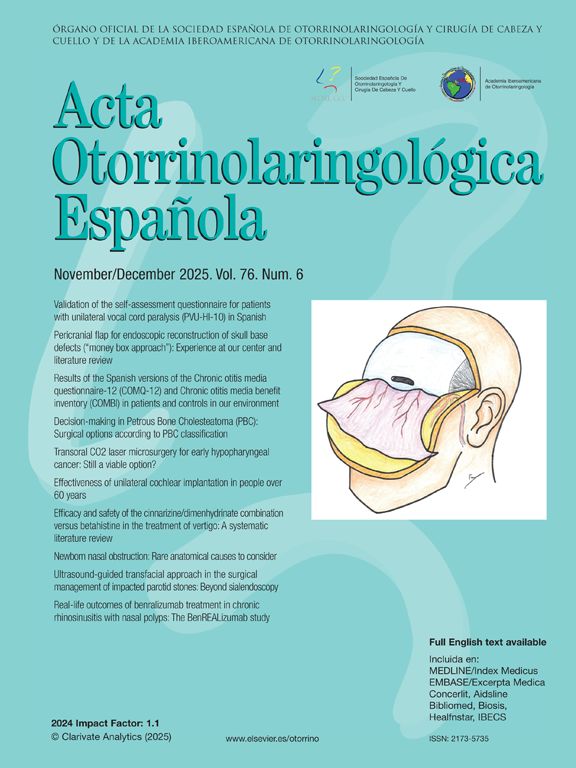This study analyses the incidence of second neoplasms in patients with oropharyngeal carcinoma according to human papillomavirus (HPV) status and its impact on survival.
Material and methodsA retrospective analysis of 583 patients with oropharyngeal cancer treated between 1991 and 2023 was performed. A total of 112 patients (19.2%) had HPV-positive tumours.
ResultsDuring the follow-up, 181 patients (31.0%) had a second neoplasm. The 5-year and 10-year second neoplasm-free survival for HPV-negative patients were 60.5% and 37.5%, significantly lower than in HPV-positive patients, which were 88.2% and 70.8%, respectively (p=.0001). The 84.4% of second and subsequent neoplasms in HPV-negative patients occurred in locations associated with tobacco and alcohol use, compared to 65.5% in HPV-positive patients (p=.001). In comparison to HPV-positive patients with no history of toxics consumption, HPV-positive patients with severe toxics consumption had a significantly higher risk of second neoplasms in locations associated with tobacco and alcohol use (p=.003). The competitive mortality associated with the appearance of second and subsequent neoplasms was significantly higher for patients with HPV-negative tumours (p=.0001).
ConclusionsPatients with HPV-positive oropharyngeal carcinomas have a lower risk of second neoplasms and lower competitive mortality associated with the appearance of second neoplasms compared with HPV-negative patients.
Este estudio analiza la incidencia de segundas neoplasias en pacientes con carcinoma de orofaringe según el estatus del virus del papiloma humano (VPH) y su impacto en la supervivencia.
Material y métodosSe realizó un análisis retrospectivo de 583 pacientes con carcinoma escamoso de orofaringe tratados entre 1991 y 2023, de los cuales 112 (19,2%) presentaron tumores VPH-positivos.
ResultadosDurante el seguimiento, 181 pacientes (31,0%) tuvieron una segunda neoplasia. La supervivencia libre de segunda neoplasia a los 5 y 10 años para los pacientes VPH-negativos fue del 60,5% y 37,5%, significativamente inferior a la de los pacientes VPH-positivos, que fue del 88,2% y 70,8%, respectivamente (P=0,0001). El 84,4% de las segundas neoplasias y neoplasias sucesivas en los pacientes VPH-negativos ocurrió en localizaciones asociadas al consumo de tabaco y alcohol, frente al 65,5% en pacientes VPH-positivos (P=0,001). Tomando como referencia a los pacientes VPH-positivos sin antecedente de consumo de tóxicos, los pacientes con un consumo severo con tumores VPH-positivos tuvieron un riesgo de segundas neoplasias en localizaciones relacionadas con los consumos de tabaco y alcohol significativamente superior (P=0,003). La mortalidad competitiva asociada a la aparición de segundas neoplasias y neoplasias sucesivas fue significativamente más elevada para los pacientes con tumores VPH-negativos (P=0,0001).
ConclusionesLos pacientes con carcinomas de orofaringe VPH-positivos presentan un menor riesgo de segundas neoplasias y una menor mortalidad competitiva asociada a la aparición de segundas neoplasias en comparación con los pacientes VPH-negativos.










